
The tale of America’s forgotten founding father
[caption id="WhointheWorldisBartholomewGosnold_Feature" align="aligncenter" width="753"]
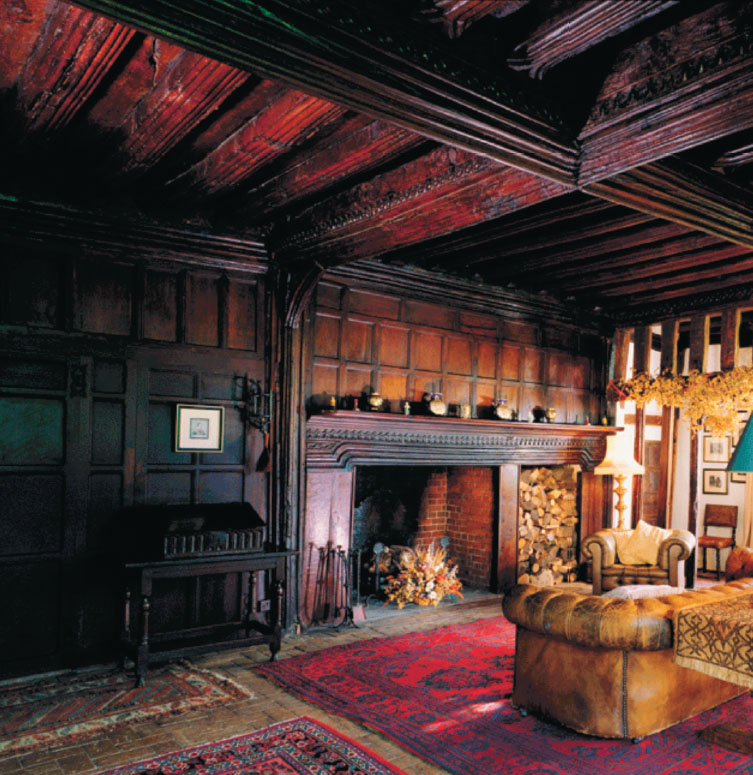
COURTESY OF OTLEY HALL, UK
After 400 years it is astonishing that America is rediscovering a lost hero, a man who perhaps more than any other single individual is responsible for the establishment of British North America, a man who history ought to have recognized in one sense as at least the Founding Grandfather of these fair colonies. It was the vision, enthusiasm and organization of Bartholomew Gosnold, of Otley, Suffolk, that resulted in the Virginia Company and the settlement of Jamestown now 400 years ago.
Born in 1571, Bartholomew Gosnold came from an East Anglian manorial family that traveled in the orbit of the Earl of Essex. Since 1401 the Gosnolds had tenanted and then owned Otley Hall and the manor of Otley some eight miles northwest of the Suffolk seaport and county town of Ipswich. Bartholomew and his siblings grew up a few miles away in Grundisburgh Hall and were educated with their cousins at Otley Hall by the manorial tutor.
Gosnold was sent to Jesus College, Cambridge, in 1587 and then to London to study law at the Middle Temple in 1592. Somewhere along the way, however, Gosnold became fascinated by the sea, and in particular by the stories drifting back to England from early voyages to the New World.
In 1590 Richard Hakluyt, the famed geographer, arrived as the rector of Wetheringsett, just a few miles from Otley. Having already published two influential books on English explorations in North America, Hakluyt was the foremost geographer of his day and a vocal champion of English colonization of the unsettled Atlantic coast of North America. Hakluyt and Gosnold became acquainted, and Hakluyt’s lectures at Middle Temple certainly influenced Gosnold’s emerging dreams of the New World.
Gosnold’s uncle Robert, lord of the manor of Otley, got Gosnold aboard the Earl of Essex’s expedition to the Azores in 1597. Then, for a year or so, he joined Essex in privateering against the Spanish. He made himself something of a small fortune in a short period of time.
Thereafter, Gosnold began a campaign to plant an English colony in north Virginia (which at the time stretched from Florida to Canada). His old patron Essex had gotten himself beheaded in an abortive palace coup against Queen Elizabeth in 1601; Gosnold’s long-time friend the Earl of Southampton was imprisoned in the Tower for the same ruckus. Nonetheless, Gosnold succeeded in winning the earl’s financial backing.
By 1602 the expedition was ready to set sail in a single vessel, Concord, captained by Gosnold. There were 32 on board, 20 being putative settlers of this new colony. Concord had a keel length of 39 feet and a breadth of 17½ feet, and it leaked. Gosnold pioneered a more northern route across the Atlantic instead of sailing south of the Azores before turning west, as was customary. He made the crossing in seven weeks, making landfall at Cape Elizabeth, off what is now Portland, Maine.
[caption id="WhointheWorldisBartholomewGosnold_img1" align="aligncenter" width="1024"]
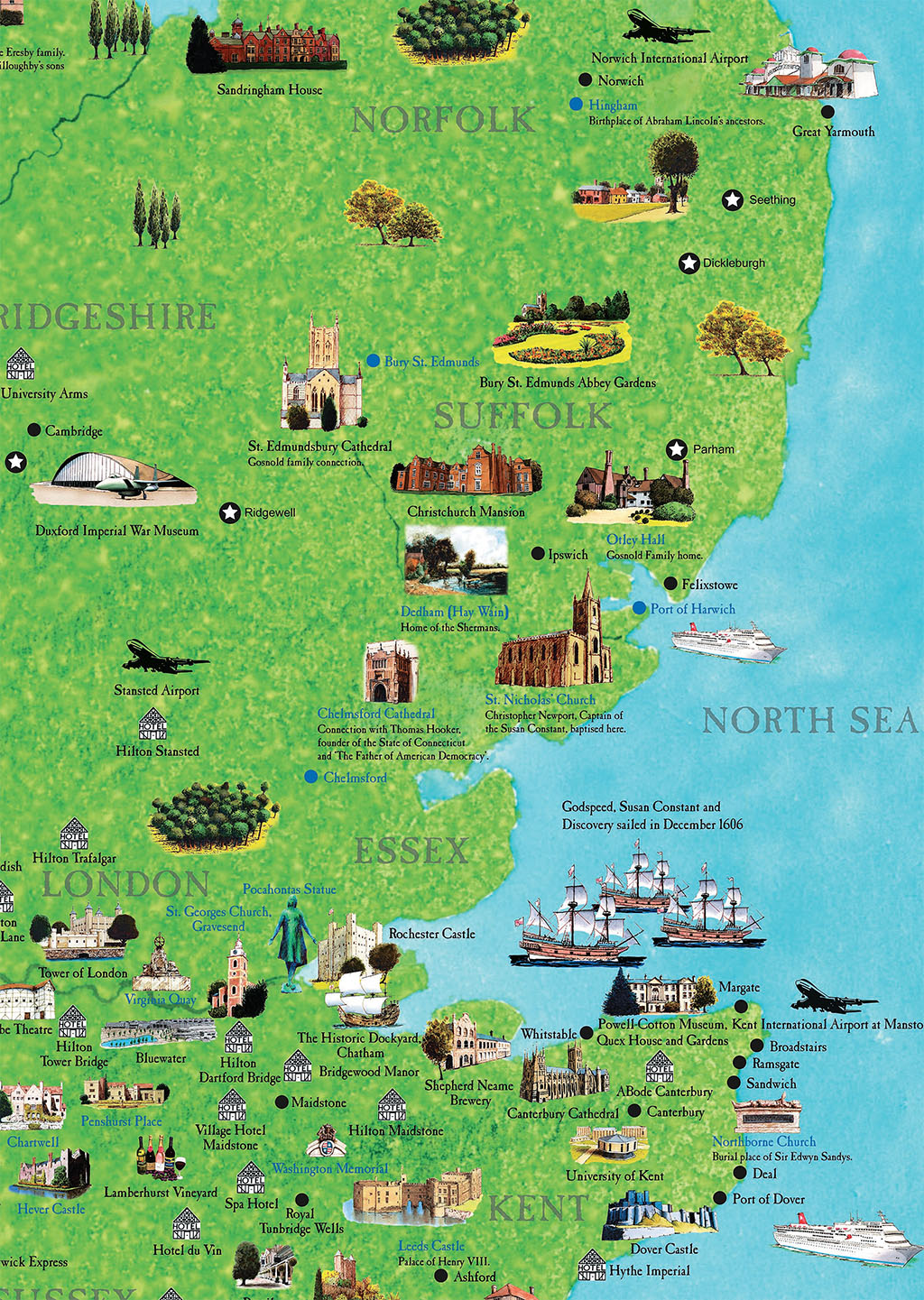
BRITISH COMMEMORATION TOURISM PARTNERSHIP
From there, Gosnold sailed Concord south in search of a propitious settlement site. When he traced the peninsula that is Cape Cod, Gosnold named it for the profusion of cod in the surrounding waters. South of the cape, he found the islands. Martha’s Vineyard was named for the abundance of wild grapes, and for Gosnold’s firstborn daughter who had died as an infant in 1598. The island in Buzzard’s Bay, now called Cuttyhunk, Gosnold named Elizabeth’s Island after the Queen. There, the party landed and built a fort. However, encountering hostile Indians and realizing that they lacked provisions to last until they would be resupplied, they abandoned the nascent settlement after a month. Gosnold returned to England with a cargo of cedar and sassafras, his hopes for colonization in the New World disappointed but undeterred.
Gosnold arrived back in England ostensibly a failure; no colony had been established. Ben Jonson satirized Gosnold’s attempt in the play Eastward Ho! Perhaps more famously, however, Shakespeare is said to have based the geography of The Tempest on Gosnold’s voyage, with Prospero’s island drawn from Gosnold’s descriptions of Martha’s Vineyard.
For the next several years, Gosnold promoted and schemed to get another colonial voyage organized. In 1603 the death of the aged queen brought a new dynasty to the throne in the Scottish monarch James I. The new king brought not only a new circle of power to London, but emboldened new economic ventures as well. From the family’s Suffolk seat at Otley Hall, Gosnold recruited supporters, patrons and colonists to his venture, including Edward-Maria Wingfield and John Smith.
By 1602 Hakluyt was prebendary of Westminster and shortly thereafter elected archdeacon. His removal to London may have enabled Hakluyt to actively promote the efforts at a colonization plan being worked upon by Gosnold at Otley Hall. In 1605 Hakluyt secured the living for the prospective colony of Jamestown. Sir Thomas Smythe, cousin of Gosnold’s wife’s and one of London’s richest merchants, and Hakluyt were chief promoters of the petition to the king for patents to the Virginia Company the next year. By 1606 planning was completed, and a royal charter by James I created the Virginia Company of London on April 10, 1606.
[caption id="WhointheWorldisBartholomewGosnold_img2" align="aligncenter" width="1024"]
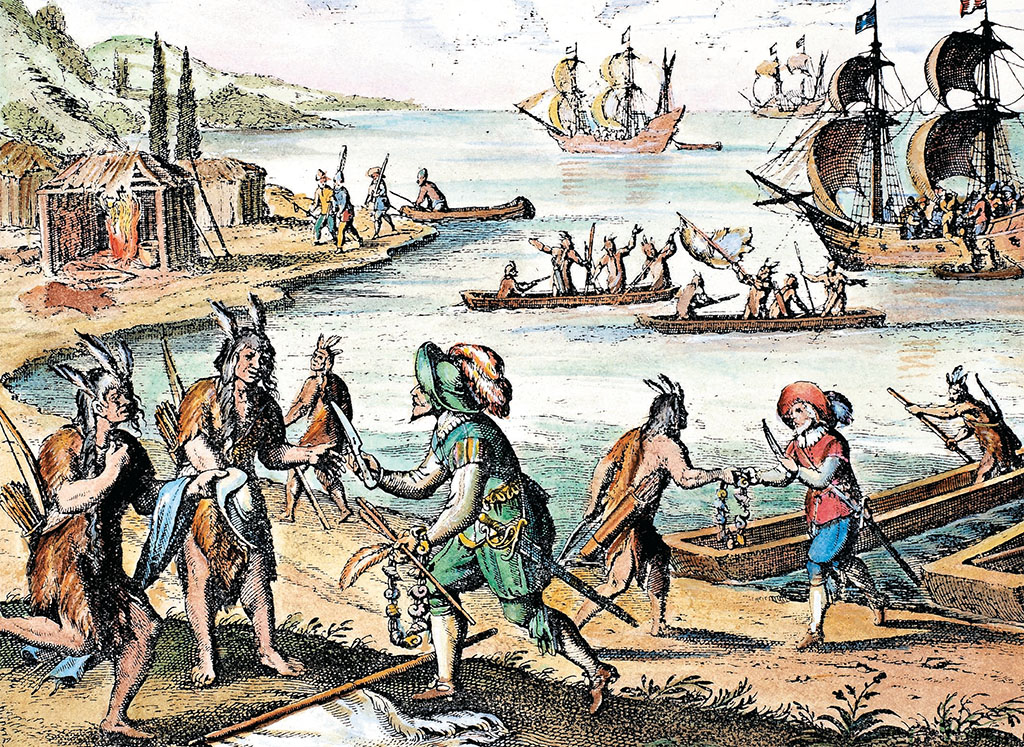
THE GRANGER COLLECTION, NY
That December the three-ship fleet set sail from London. The company included 104 male settlers and 55 crewmen. Its colonists included a curate, Robert Hunt, supplied by Hakluyt. They were all young men and boys. In part to separate authority for the voyage from the governance of the colony, and in part because of Gosnold’s political connections to the late unfortunate Essex, Christopher Newport was named admiral, aboard Susan Constant, and Vice Admiral Gosnold commanded Godspeed. Gosnold would stay with the colony, while Newport would return to England. It was a miserable voyage, becalmed for six weeks at the mouth of the Thames by storms.
Sailing via the Azores, in late April the fleet finally arrived in the lower regions of Chesapeake Bay near the mouth of the James River. The company opened its sealed instructions that named a sevenmember Royal Council, which would elect its own governor for the Crown. Gosnold’s name was first on the list.
The island of present-day Jamestown was the site chosen for the settlement. Through spring, the company erected a triangular palisade fort. During early summer, they fought off the local Powhatan Indians. Gosnold is credited with winning a battle against an attack of some 400 Indians by mounting Godspeed and scattering the attack with its heavy cannon.
By August the colonists were beginning to die. The wet, low-lying, mosquito-infested island was rife with dysentery, malaria and swamp fever. Malnutrition, high humidity and temperatures in the 90s week after week began to carry them off. Fifty of the 104 settlers died that summer.
In late August, Bartholomew Gosnold died; he was 36. After a funeral with full military honors in accordance with his rank, Gosnold was buried outside the fort and forgotten. The adventurer’s younger brother and cousin, both named Anthony after his father, also were among the expedition’s settlers to die in the New World.
It’s pretty clear now that through those difficult summer months in Jamestown, though Wingfield had been given the role of governor, Gosnold had been the de facto leader of the settlement. On Gosnold’s death, Wingfield was deposed, and ultimately John Smith became governor. Being a leader by nature and something of a self-promoter, Smith has gone down in the history books as the bright light in the disaster that was the early Jamestown colony.
In his own accounts, however, Smith justly gives the credit for the Virginia settlement where it belongs: “Captaine Bartholomew Gosnold, the first mover of this plantation, having many years solicited many of his friends, but found small assistance, at last prevailed with some Gentlemen, as Maister Edward Maria Wingfield, Captaine John Smith, and divers others, who depended a yeare upon his projects….’
[caption id="WhointheWorldisBartholomewGosnold_img3" align="aligncenter" width="1024"]
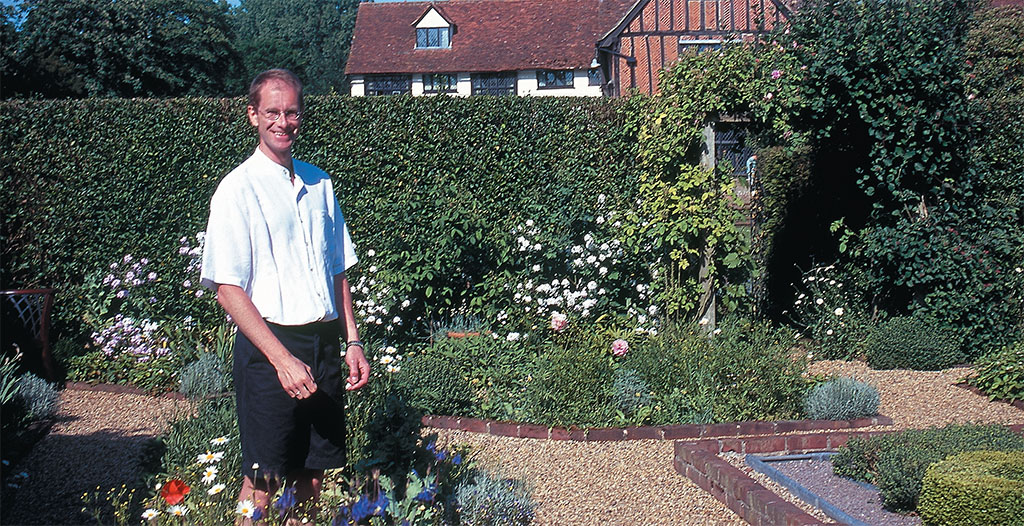
DANA HUNTLEY
There has never been a lack of corroborative evidence detailing the role Bartholomew Gosnold played in the foundation of what would become British colonial America. Thirteen years after Gosnold’s death, Mayflower would follow the northern route across the North Atlantic that he pioneered, following his charts into Cape Cod Bay. Finally, after three decades of struggle in the fetid climate of the Tidewater, Jamestown and subsequently Virginia would thrive under the governorship of William Berkeley in the 1640-60s.
Yet Gosnold has remained largely forgotten. No great rivers bear his name, nor great cities, nor great universities. We never read about him in school, or have heard his name numbered among the Founding Fathers.
Recently, in 2003 archeologists at Jamestown excavated a grave believed to be that of Bartholomew Gosnold. Unprecedented DNA testing of known Gosnold graves in East Anglia has proved inconclusive in identifying him. Where the explorer and visionary leader’s dusty remains lie, however, does not matter.
[caption id="WhointheWorldisBartholomewGosnold_img4" align="aligncenter" width="1024"]
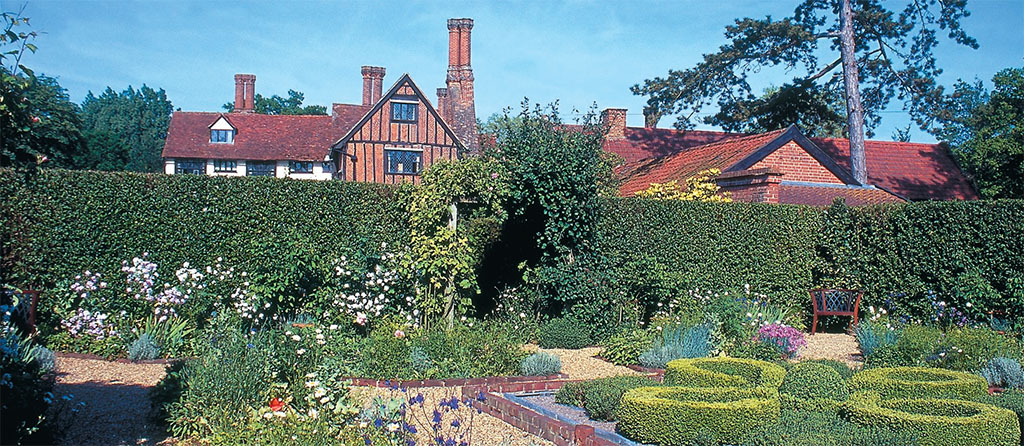
DANA HUNTLEY
It is easy to think that British colonization in North America was inevitable, and would have taken place with or without a prime mover like Bartholomew Gosnold. In fact, however, history would likely not have allowed that to happen. A young King James I was quite anxious to maintain peace with Spain in the early 1600s, and Spain was crawling all over the New World. Historians suggest that had it not been for Gosnold, then almost certainly the Atlantic coast would have become Spanish territory.
[caption id="WhointheWorldisBartholomewGosnold_img5" align="aligncenter" width="1024"]
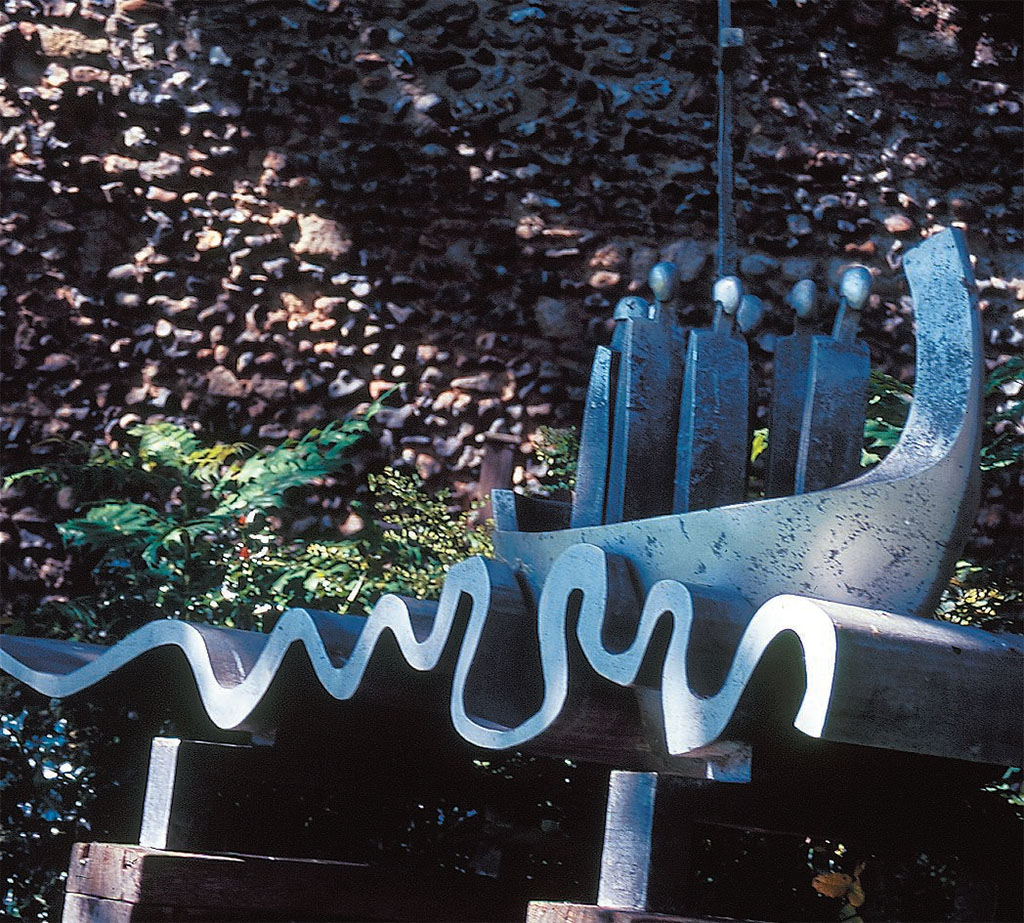
DANA HUNTLEY
[caption id="WhointheWorldisBartholomewGosnold_img6" align="aligncenter" width="1024"]
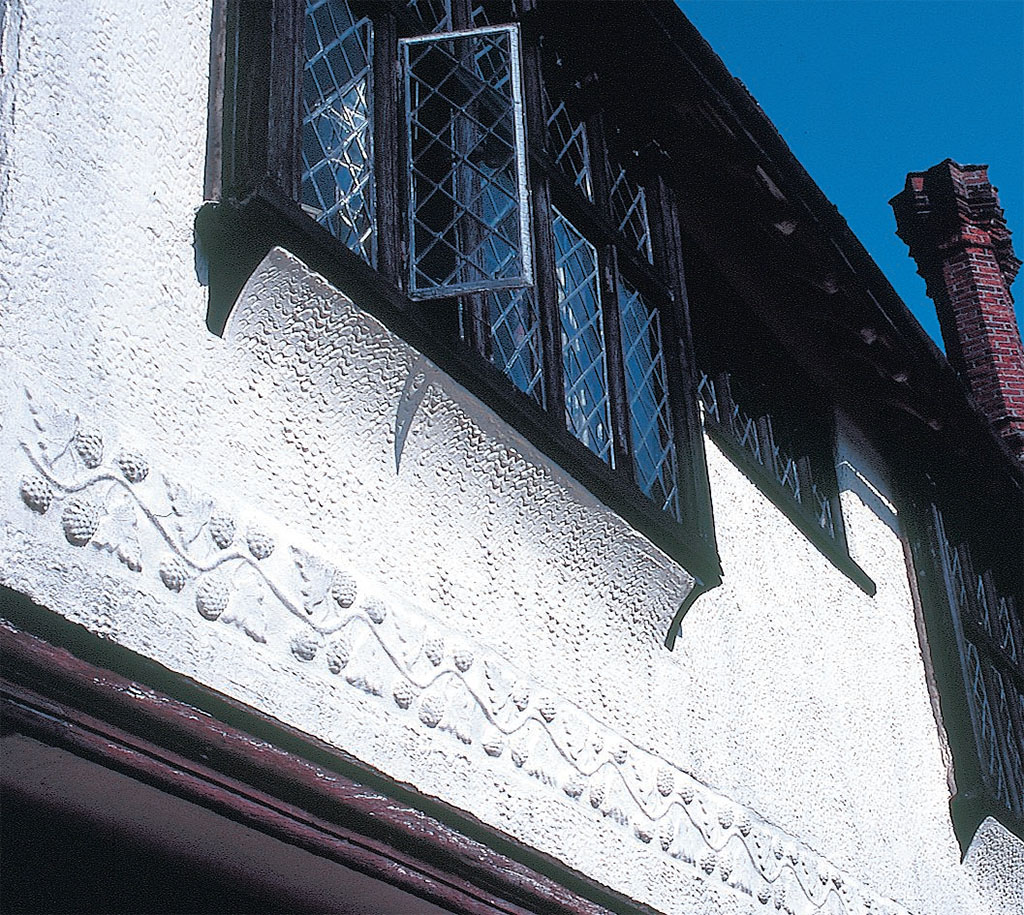
DANA HUNTLEY
[caption id="WhointheWorldisBartholomewGosnold_img7" align="aligncenter" width="1024"]
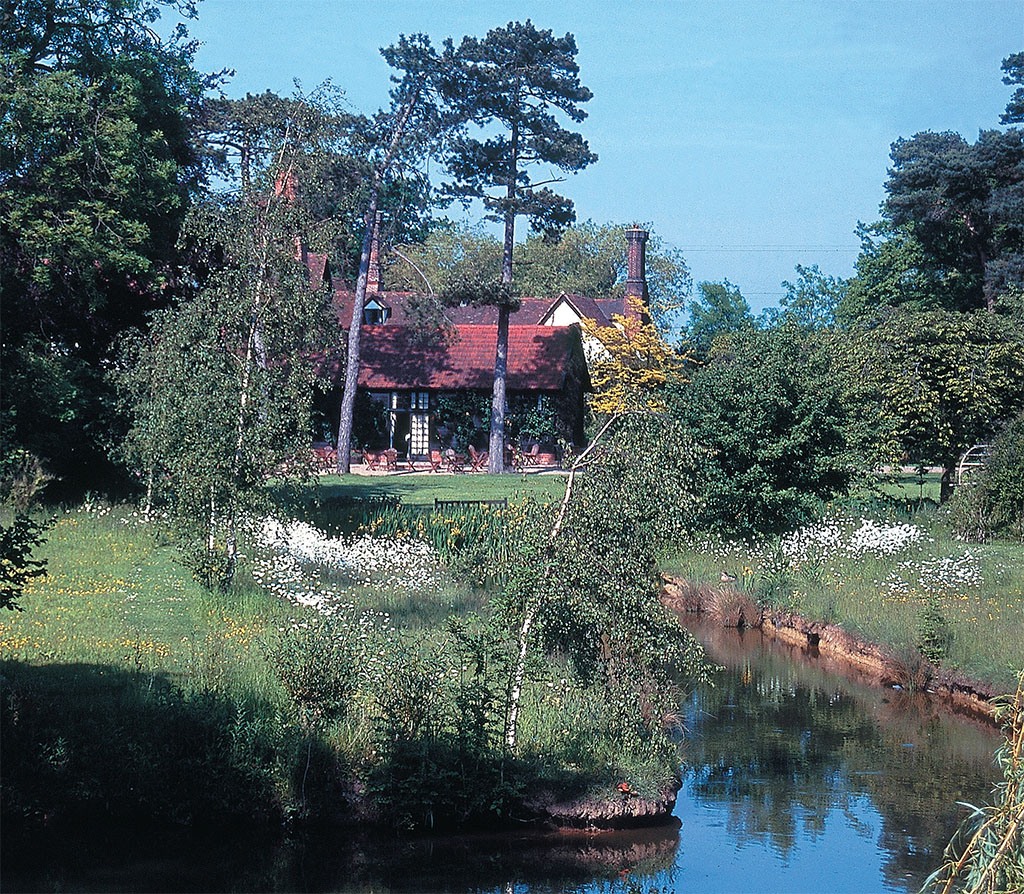
DANA HUNTLEY
[caption id="WhointheWorldisBartholomewGosnold_img8" align="aligncenter" width="493"]
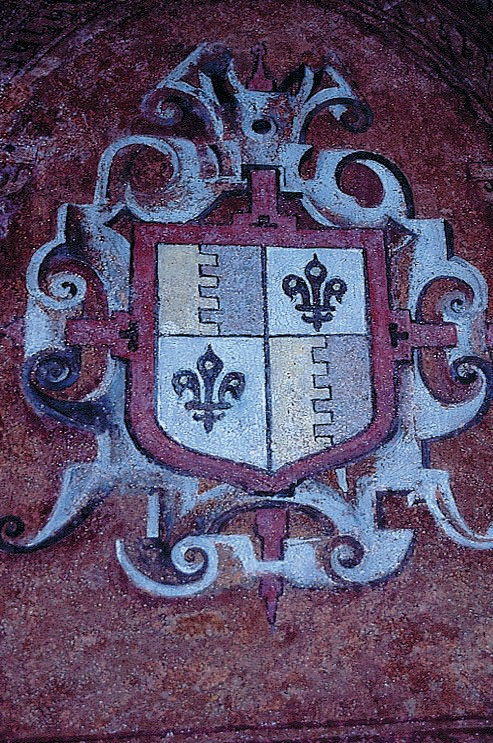
DANA HUNTLEY
Gosnold had a timely idea and the persistence, fortune and connections to make good on that idea. Jamestown was a shaky proposition for many years. It was very poorly sited, even by the knowledge of the day, and weakly conceived as a society and a colony. Still, it did manage to survive, and goes on to celebrate its 400th anniversary in May 2007 as the first permanent colony in British North America and what became these United States. Its founder was Bartholomew Gosnold. We have certainly recognized many heroes for less significant contributions to our national history.
[caption id="WhointheWorldisBartholomewGosnold_img9" align="aligncenter" width="1024"]
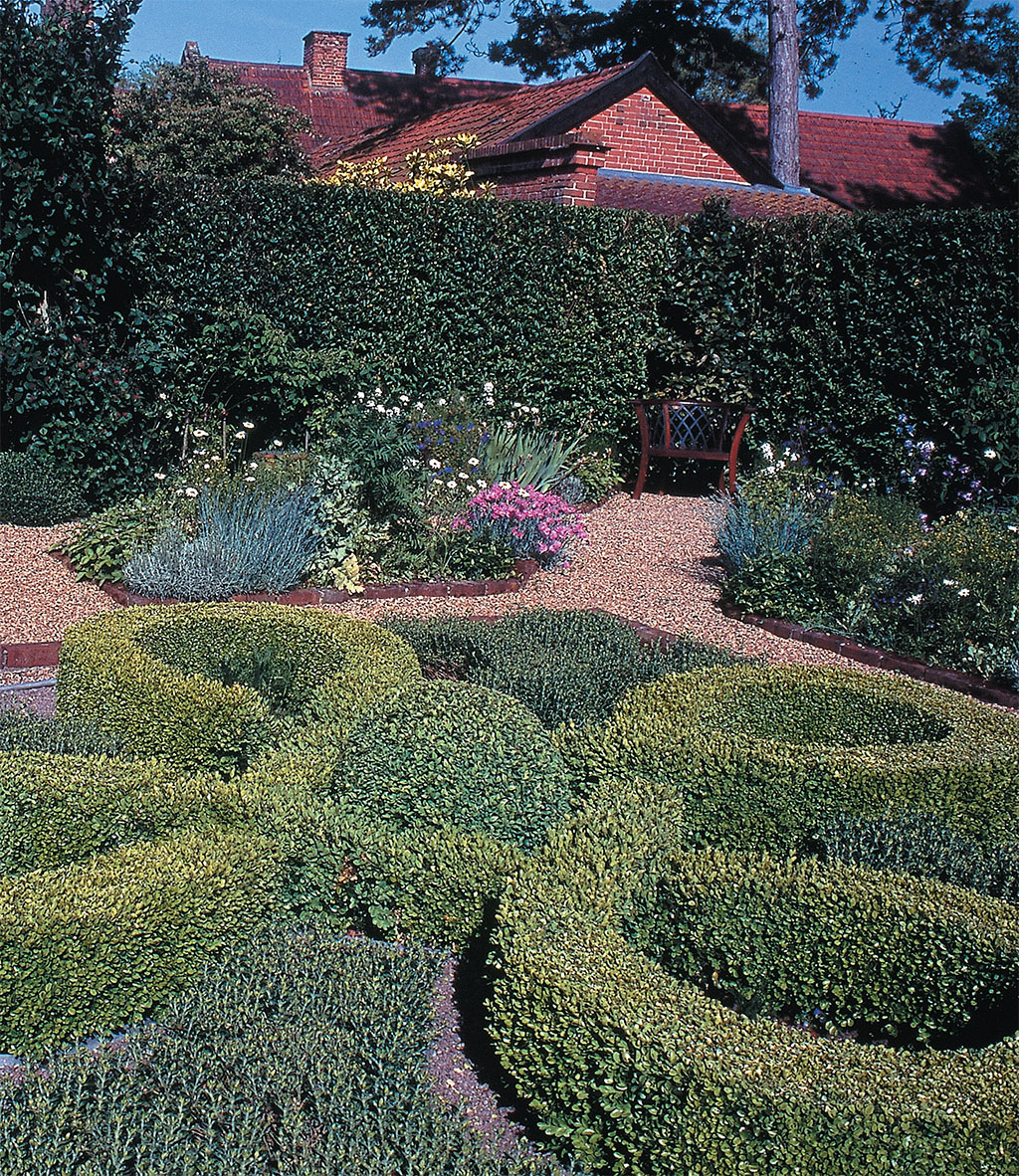
DANA HUNTLEY





Comments